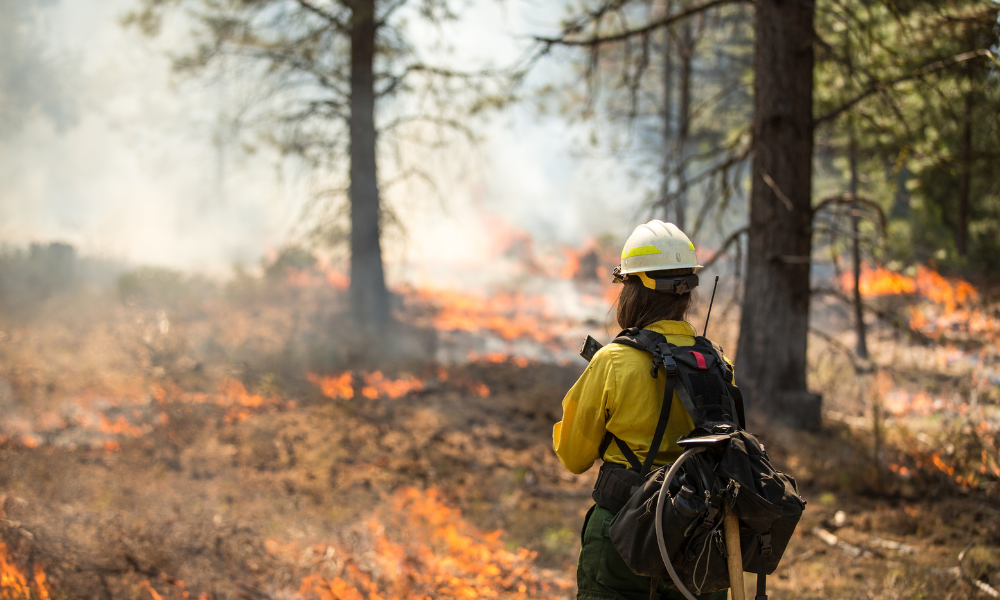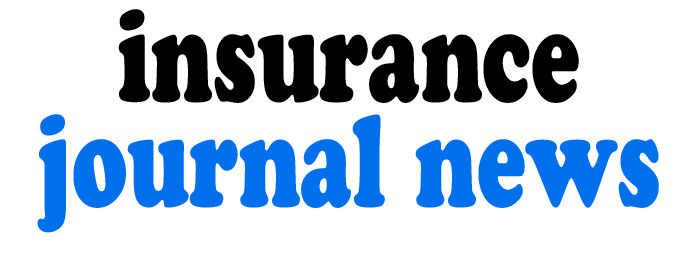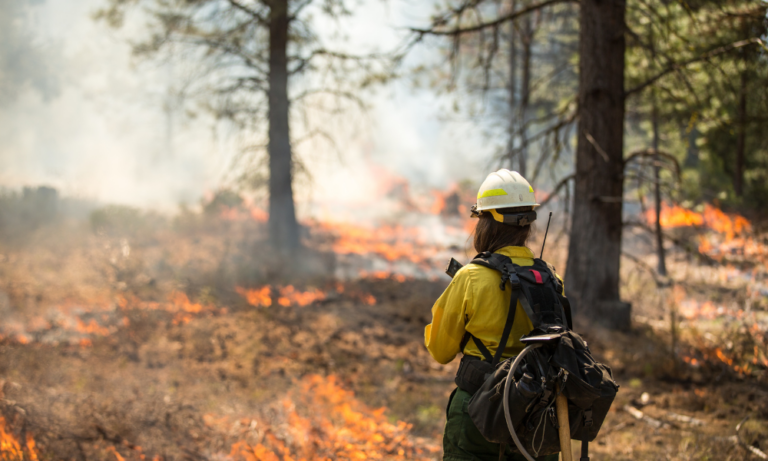{ “title”: “Rethinking Risk: How Wildfires Are Reshaping Insurance Strategies”, “description”: “As wildfires become more frequent and destructive, insurers and brokers are adapting to a changing landscape.”, “tags”: “wildfires, insurance, risk management, construction, property insurance”, “rewritten_content”: “## Rethinking Risk in the Face of Wildfires
For decades, property insurers relied on established guidelines to assess risk. Factors like a strong ISO Protection Class, a low wildfire hazard score, and proximity to fire services traditionally indicated a property was well-protected, insurable, and predictable. However, a series of recent, devastating wildfire events has forced a critical reassessment of these long-standing assumptions.
In Los Angeles County, communities that boasted excellent Public Protection Class (PPC) ratings and low wildfire scores were still ravaged by fires. “We were looking at Protection Class 2 areas—about as good as it gets—and we saw total losses,” says Jeffrey Benson, Builders Risk Program Leader at Victor Insurance. “It’s shaken a lot of long-standing assumptions in property underwriting.”
The Immediate Challenges for Brokers
Brokers on the front lines face immediate and complex challenges. As Benson explains, “You have to find viable markets that will write the risk, and that becomes kind of difficult in today’s world. From a broker standpoint, finding solid insurance companies that will write good coverages at competitive rates for the capacities they need is a challenge. These catastrophic events are growing.”
Wildfires: No Longer a Regional Problem
Wildfires have escalated beyond being merely a California concern, spreading across state lines and rewriting risk maps. Areas once considered low-risk are now facing significant threats. “This isn’t a localized problem anymore,” Benson notes. “Wildfires and other catastrophic events are becoming more frequent and severe, and they’re hitting regions where carriers – and clients – haven’t historically expected them.”
This expanding risk profile has led many insurers to tighten their underwriting criteria, limit the capacity they offer, or withdraw from certain high-risk areas entirely. Brokers are increasingly turning to non-admitted excess and surplus lines carriers to secure coverage, often at higher premiums and with more restrictive terms.
Understanding Public Protection Classes
A key part of the underwriting process involves a community’s ISO Public Protection Class (PPC). The PPC program, developed by the Insurance Services Office (ISO), evaluates a community’s fire protection capabilities, including emergency communications, fire department readiness, water supply, and community risk reduction efforts.
Each community receives a classification ranging from 1 (best) to 10 (least protected). Insurers typically offer more favorable coverage options for properties in Classes 1 through 8, considering them “protected.” Properties in Classes 9 and 10 are often seen as “unprotected,” facing considerably higher premiums and more limited coverage options.
“The PPC score tells us about a community’s ability to respond to fires, but it doesn’t always reflect the true wildfire risk,” Benson points out. “Even in Protection Class 2 areas, we’ve seen catastrophic losses from wildfires.”
This reinforces the importance of brokers advising clients on comprehensive risk management strategies, including the consideration of wildfire hazard scores, terrain, vegetation management, and building materials.
Victor Insurance’s QuickCover Solution
In response to these complexities, Victor Insurance has developed Builders Risk QuickCover, a tool designed to streamline the process of securing coverage for ground-up residential construction projects valued up to $1.5 million. Available through Victor’s V² online portal, the tool allows brokers to quickly quote, bind, and issue policies, often within minutes. By streamlining underwriting to five key questions, Builders Risk QuickCover reduces delays.
“Speed and simplicity are key,” Benson explains. “But we’ve made sure we’re maintaining underwriting integrity. It’s not about cutting corners—it’s about helping brokers navigate a more complex environment efficiently.”
Building Stronger and Smarter
Industry experts, including Benson, point to the evolution of building codes and improved materials following past disasters, like Hurricane Andrew in Florida. These provide proof that communities can emerge stronger after catastrophe. “Stricter codes, better materials, smarter site selection – these are the tools we have to build safer, more resilient developments,” notes Benson.
“Better construction practices reduce risk,” Benson explains. “And reduced risk makes insurance more available and affordable.” This is also prompting developers to consult with brokers early in planning, as elements like fire protection infrastructure gain importance.

The Evolving Role of Brokers
As traditional underwriting models struggle to adapt, brokers are stepping into expanded roles as risk managers and advisors. Developers are increasingly consulting with brokers early in the planning process to receive guidance on site selection and construction, with the need for secure coverage in mind. Brokers must also ensure that clients fully understand their coverage terms, especially as policies evolve to include exclusions, higher deductibles, and restrictive terms.
” }


